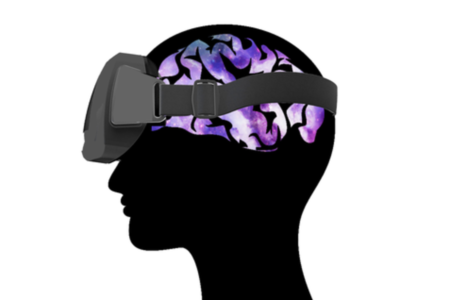May 7, 2019 – My wife fell in mid-December in our apartment and struck the back of her head against a wall. She described the fall as being momentarily painful to her tailbone followed by her head whipping back from the neck to make contact the wall of our vestibule. Her tailbone was sore but nothing seemed out of sort other than a headache for several days. She went to visit friends, had lunch out, and then one morning lost her sense of balance for a continuous period of more than 6 hours, unable to move. The symptoms of the concussion are still around in May as she experiences dizziness, fatigue, insomnia, ringing in the ears, and light and noise sensitivity. When she walks at times her balance is impaired.
She was first seen by our family doctor who misdiagnosed her condition. When the symptoms persisted she was seen by a neurologist who ordered a CT scan to check for a brain bleed. His examination confirmed she was experiencing what is known as post-concussion syndrome.
If you are unfamiliar with post-concussion syndrome it is an insidious condition that can last for months. Concussions can cause structural changes in the brain disrupting the normal neural pathways. The symptoms can last a long time with no connection between the severity of the injury and their persistence.
My wife presents two of the most common risk factors associated with the condition. No, she is not a professional athlete because they are not the prime receivers of concussions. Instead, it is the fact that she is older, and that she is a woman. Women do not have the same neck musculature as men and when they fall they experience a whiplash of the neck and spine that causes the head to fall back.
In my wife’s case that is exactly what she described in her fall. She felt her head whipping backward to strike the wall. Fortunately, as bad as her symptoms are, they are mild compared to some who suffer post-concussion syndrome including cases where people lose the power of speech, or suffer profound memory loss and even amnesia, or can no longer walk. With no medications recommended to cure post-concussion syndrome, all that those suffering from it can do, is try and treat the symptoms. In my wife’s case she sought a vertigo clinic here in Toronto where she has been given a number of exercises to do to retrain her brain so that she no longer feels like she is falling forward or backward as she stands or walks. Time and these exercises, hopefully, will undo the brain injury she has experienced.
Introducing Eye-Sync
Needless to say, I have been reading a lot about concussions and post-concussion syndrome which led me to Eye-Sync, a virtual reality headset that can accurately diagnose a concussion. First approved by the U.S. Food and Drug Administration in 2016, Eye-Sync measures the impairment caused by impacts on the brain from one or more blows to the head. It assesses ocular-motor deficits and vestibular balance. In other words, abnormal eye movement resulting from a brain injury or changes in the vestibular anatomy of the inner ear.
The key to this virtual reality system is its ability to track eye movements. Our brains use the eyes to orient us to our surroundings. There is a 0.25-second delay between seeing and reacting. Our brain uses time to understand space. In other words, it anticipates the future through what it processes through the body’s senses.
Dr. Jam Ghajar, a neurologist and neurosurgeon who teaches at Stanford University, and is the founder of SyncThink, the inventor of Eye-Sync, describes the brain as a tool that lives in the past, senses the present, and predicts the future. The 87 billion neurons of our brain, of which 80% lie in the cerebellum, synchronize what the senses deliver to it to create situational awareness and predict what likely is to happen next. With vision taking up the majority of our neuro-sensory matrix, eye movement is critical to the brain’s predictive capacity. When there is a brain injury eye movement no longer predicts well because past, present, and future become jumbled.
What does Eye-Sync Do?
The virtual reality headset is equipped with sensors and cameras to measure the variance from the norm when responding to visual cues. The technology watches how our eyes synchronize when looking at a moving object (the brain’s ability to predict the future from the present). It does this as the built-in cameras track eye movement. In a 15-second test it creates a report and visual images of eye performance to determine if there is an impairment. And after diagnosis, the headset technology can help assess progress to recovery. Eye-Sync represents a departure from the guesswork of identifying concussion through its accurate tracking of eye orientation, a far more robust method for diagnosis.
Athletes and Concussion
For athletes, Ghajar states, between 5 and 10% are susceptible to brain injuries. Today athletes playing football, hockey, soccer, basketball and other contact sports, there is a growing concern about concussion. The NCAA, the body that administers U.S. college football, states that concussions are responsible for 7.4% of all college football injuries. The National Football League (NFL) provides some uncomfortable statistics that show an increasing number of concussions happening to players with consequences post-career, including a condition called CTE, Chronic Traumatic Encephalopathy.
The technology isn’t limited to detecting concussion. It can be used to determine attention and focus in young people with autism and learning disabilities, for checking on the efficacy of medications treating Attention Deficit Disorder, for fatigue and cognitive evaluation, and even sobriety screening.









